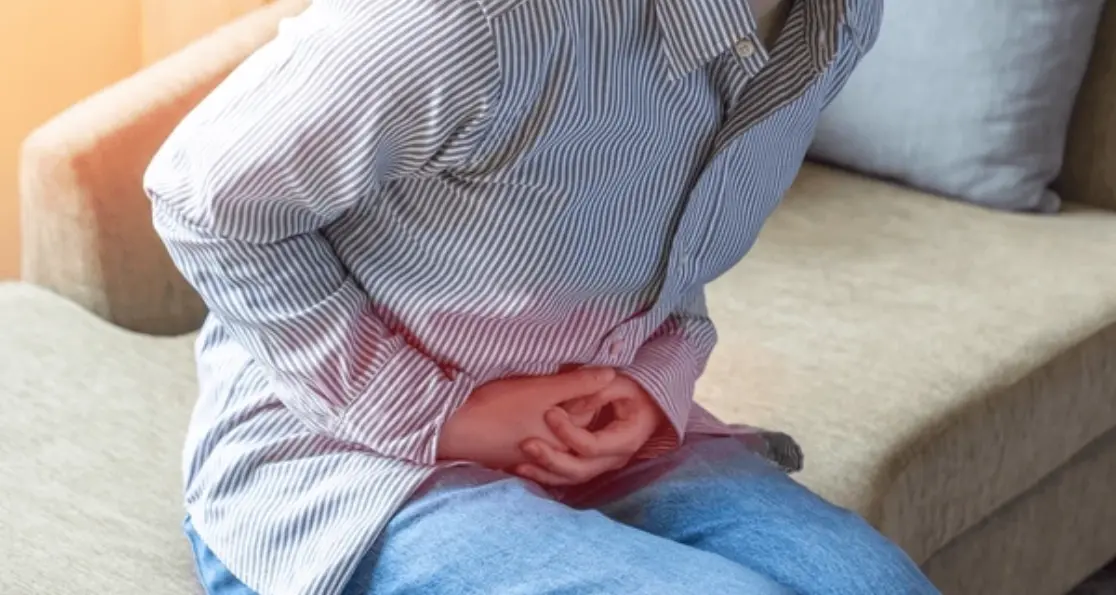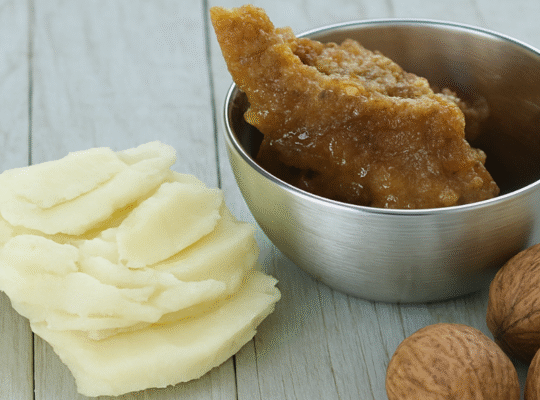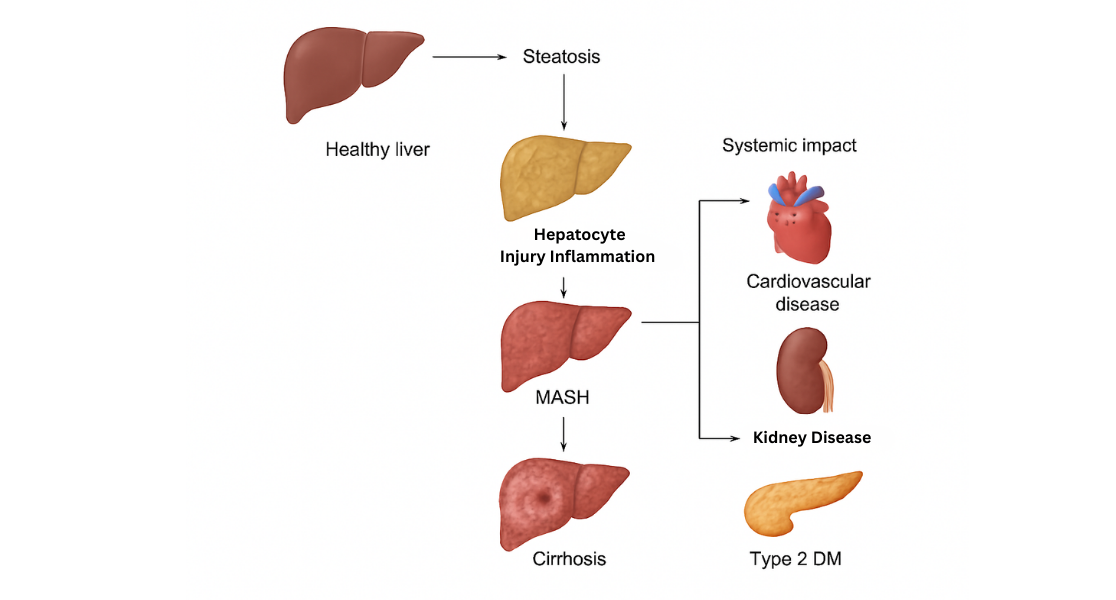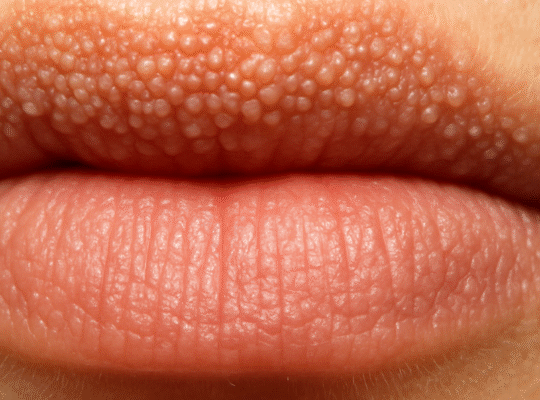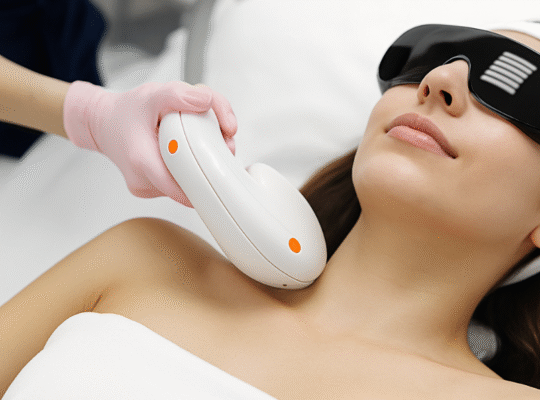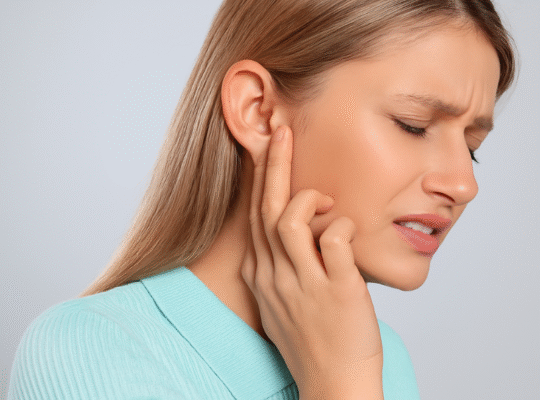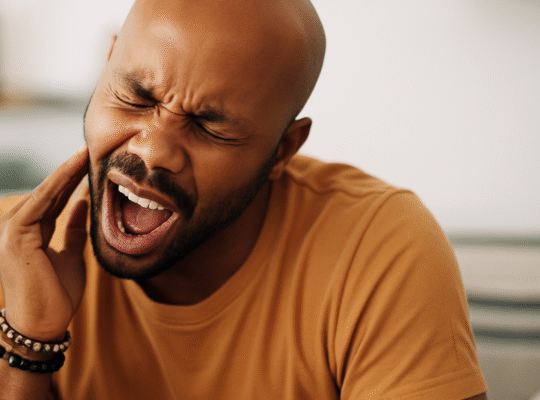Introduction
Imagine awakening to a relentless pressure in your bladder—an ache that tightens like a vice with every passing minute. For countless individuals, this is the daily reality of Interstitial Cystitis (IC) & Bladder Pain Syndrome (BPS), a chronic condition that masquerades as a simple urinary complaint but defies every conventional treatment. Each episode feels like a ticking time bomb in your pelvis, threatening to explode into incapacitating pain and urgent bathroom visits. Only by enlisting the expertise of a dedicated urologist for interstitial cystitis can you begin to unravel this medical mystery and chart a path toward true relief.
The Elusive Nature of IC/BPS
Unlike a typical urinary tract infection, IC/BPS slinks into your life without warning and refuses to depart. The hallmark signs—persistent pelvic pressure, stabbing bladder pain, and an overwhelming urge to void—persist for weeks, months, or even years, despite normal lab results and clean urinalyses. Predominantly affecting women, this condition also ensnares men and children in its web of discomfort. Pain intensifies as the bladder fills, only subsiding momentarily after urination, setting up a vicious cycle of torment and temporary respite.
The Toll of Bladder Spasms
At the heart of your agony are bladder spasms, sudden involuntary contractions that strike without warning. Patients routinely ask,
How long can bladder spasms last?
The answer is as unpredictable as the spasms themselves—ranging from fleeting seconds of sharp cramping to extended episodes that persist for several agonizing minutes or, in extreme flares, hours on end. These spasms not only fuel the urgency to void but can also lead to involuntary leaks, shattering any hope of normalcy.
When Pain Radiates Beyond the Bladder
IC/BPS doesn’t confine its chaos to your pelvis. Studies show up to 65% of sufferers experience back pain alongside bladder symptoms, confirming the shared nerve pathways that link your bladder and lower spine. The question “Can interstitial cystitis cause back pain?” is answered with a resounding yes—sacral nerve irritation from bladder inflammation can send shockwaves of discomfort throughout your lower back. This dual assault amplifies your suffering and complicates the diagnostic journey.
The Diagnostic Odyssey
Pinpointing IC/BPS demands a meticulous approach by a urologist for interstitial cystitis. Diagnosis hinges on exclusion: ruling out infections, stones, tumors, and other pelvic disorders. Key steps include:
- Detailed Medical History: Charting your pain patterns, urinary frequency, and symptom duration—symptoms must persist for at least six weeks to meet IC criteria.
- Physical Examination: Assessing pelvic floor muscles for tender points and hypertonicity, which can both mimic and exacerbate IC/BPS pain.
- Laboratory Tests: Urinalysis and urine cultures to exclude infections and microscopic hematuria.
- Cystoscopy: Under local or general anesthesia, this procedure visualizes bladder lining changes—highlighting glomerulations or the telltale Hunner’s lesions that confirm IC.
Mapping Your Treatment Journey
Once diagnosed, your urologist for interstitial cystitis will guide you through a multi-tiered treatment strategy designed to quell the storm within your bladder and reclaim your life.
1. Lifestyle and Conservative Measures
- Dietary Tweaks: Eliminating common irritants—caffeine, citrus, tomatoes, spicy foods, and artificial sweeteners—can defuse bladder inflammation.
- Bladder Training: Gradually extending intervals between voids to retrain your bladder’s capacity and reduce frequency.
- Pelvic Floor Physical Therapy: Releasing tension in pelvic muscles that often tighten in response to chronic pain.
- Stress Management: Adopting mindfulness, meditation, and gentle yoga to ease psychological triggers that spark flares.
2. Medical Therapies for Interstitial Cystitis (IC) & Bladder Pain
- Oral Medications: Amitriptyline for pain modulation, pentosan polysulfate (Elmiron) to restore the bladder’s protective lining, and gabapentin to calm nerve hypersensitivity.
- Intravesical Instillations: Direct bladder treatments with agents like DMSO, heparin, or hyaluronic acid for targeted anti-inflammatory relief.
- Analgesics and Antispasmodics: Prescription-strength pain relievers and muscle relaxants to tame severe bladder spasms.
3. Advanced Interventions
- Neuromodulation: Sacral nerve and percutaneous tibial nerve stimulation therapies disrupt the faulty pain signals between the bladder and brain.
- Bladder Hydrodistension: Controlled bladder stretching under anesthesia that can temporarily reduce pain and improve capacity.
- Surgical Options: Reserved for refractory cases, procedures range from lesion fulguration to partial bladder removal.
Understanding Flare Triggers
Recognizing what ignites your symptoms is crucial. Common triggers include:
- Dietary Culprits: Coffee, tea, chocolate, alcohol
- Physical Strain: Intense exercise or prolonged sitting
- Hormonal Shifts: Menstrual cycles or menopause
- Emotional Stress: Anxiety, depression, or major life events
By keeping a vigilant symptom diary, you and your urologist for interstitial cystitis can identify personal flare catalysts and craft a precise avoidance plan.
Beyond the Physical: Quality of Life
IC/BPS infiltrates every aspect of your existence—disrupting sleep, straining relationships, and eroding mental well-being. Comprehensive care extends past symptom control to include:
- Counseling and Support Groups: Connecting with others who understand the relentless nature of bladder pain.
- Coping Strategies: Learning adaptive techniques to manage symptoms in social and professional settings.
- Ongoing Specialist Collaboration: Regular check-ins with your urologist ensure evolving therapies remain effective.
The Road Ahead
Though IC/BPS remains incurable, advancements in personalized medicine and nerve-targeted therapies offer a beacon of hope. Emerging treatments aim to:
- Pinpoint distinct IC phenotypes for customized care
- Develop novel biologics that target underlying inflammatory pathways.
- Refine neuromodulation devices for non-invasive, long-lasting relief.
If intermittent or unrelenting bladder pain, frequent urination, or severe bladder spasms have commandeered your life, don’t endure alone. A specialized urologist for interstitial cystitis holds the key to demystifying your condition and guiding you toward lasting respite. Embark on this journey today—transform uncertainty into empowerment and reclaim the comfort that has long eluded you.
